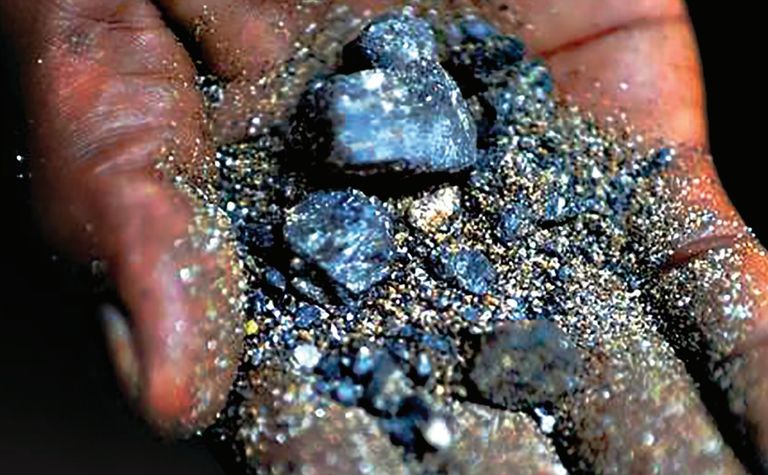
Rising Cobalt Spending Amid Congo Export Quotas
Cobalt spending in EV batteries surged 43% year-on-year despite ongoing thrifting efforts. The Democratic Republic of Congo (DRC) supplies 80% of global cobalt and recently implemented export quotas, restricting volumes to 87,000 tonnes annually. This quota replaces the February ban and significantly impacts cobalt prices, which rose over 120% in China since early 2025. The cobalt sulfate price now averages $7,775 per tonne, still below its 2022 peak of $19,000.
Automakers face higher costs as cobalt prices rise, influencing their sourcing strategies. The US Department of War canceled a $500 million cobalt stockpile tender, signaling concerns about sustained high prices. Meanwhile, China’s CMOC Group cautions that elevated prices could accelerate cobalt substitution or demand reduction, a trend already underway.
Top Automakers Leading Battery Cobalt Spending
Volkswagen leads cobalt spending with $150.5 million invested in nickel-cobalt-manganese (NCM) battery chemistries. The company’s full electric and plug-in hybrid sales jumped 45% in the first eight months of 2025, driving cobalt demand higher. Geely follows with $106.2 million spent, up 19%, and Tesla ranks third with $94.1 million, up 31%. Tesla’s growing use of lithium iron phosphate (LFP) batteries, which contain no cobalt, explains its lower ranking despite high overall battery metal consumption.
Luxury brands like BMW and Mercedes-Benz also increased spending significantly, by 47% and 37% respectively, sticking to cobalt-rich NCM batteries. Meanwhile, BYD, the world’s top EV maker, relies exclusively on LFP batteries, bypassing cobalt entirely since 2020.
SuperMetalPrice Commentary:
Cobalt spending by automakers reflects shifting supply chain dynamics amid Congo’s export controls. While cobalt prices climb, ongoing thrifting and LFP adoption challenge demand growth. Volkswagen’s reliance on NCM batteries contrasts with Tesla’s and BYD’s increasing LFP usage. These trends will shape battery chemistry preferences and raw material markets. Investors and industry players should watch cobalt supply policies and technology shifts closely, as they will dictate future market pricing and material sourcing strategies.



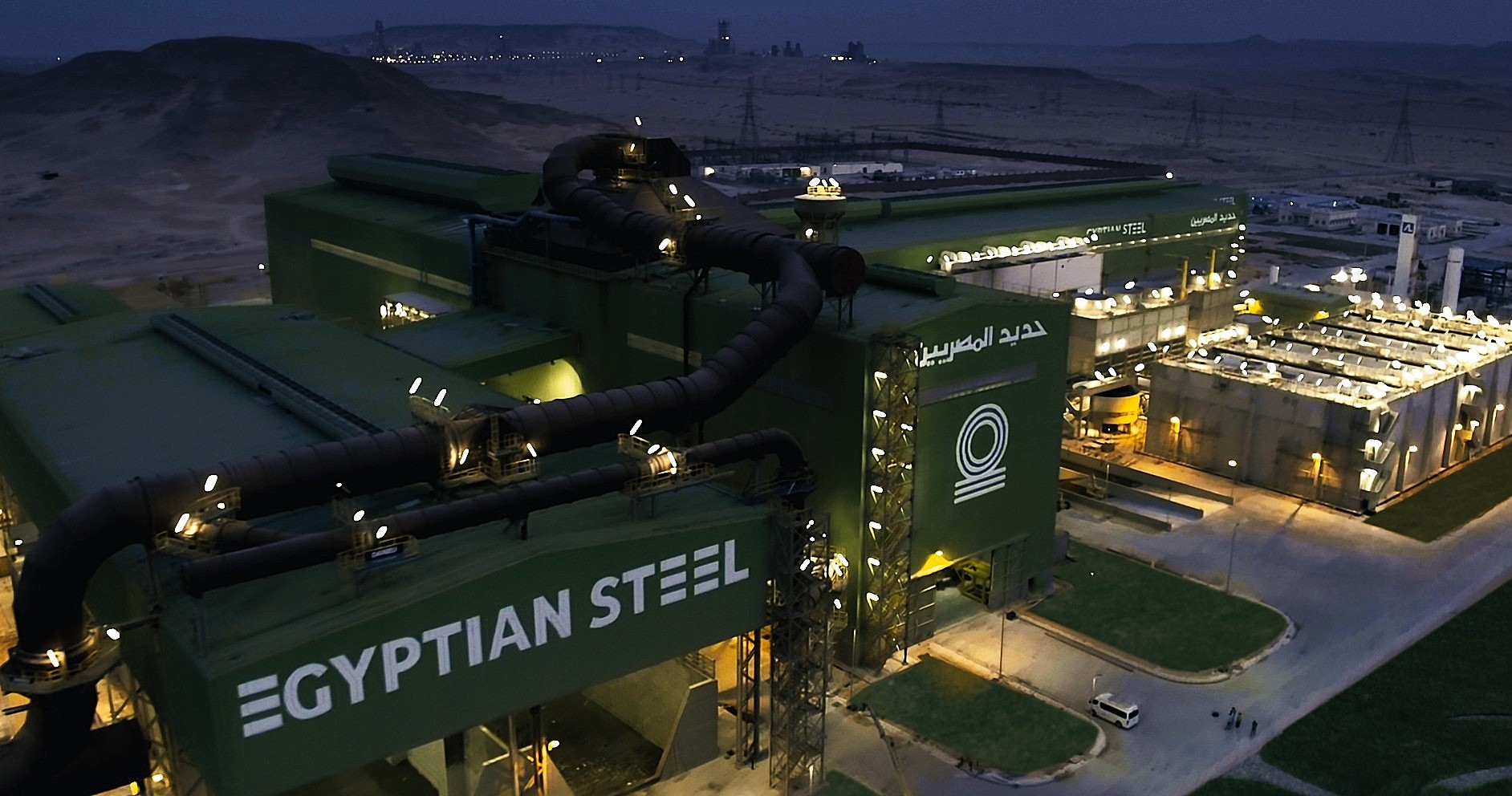

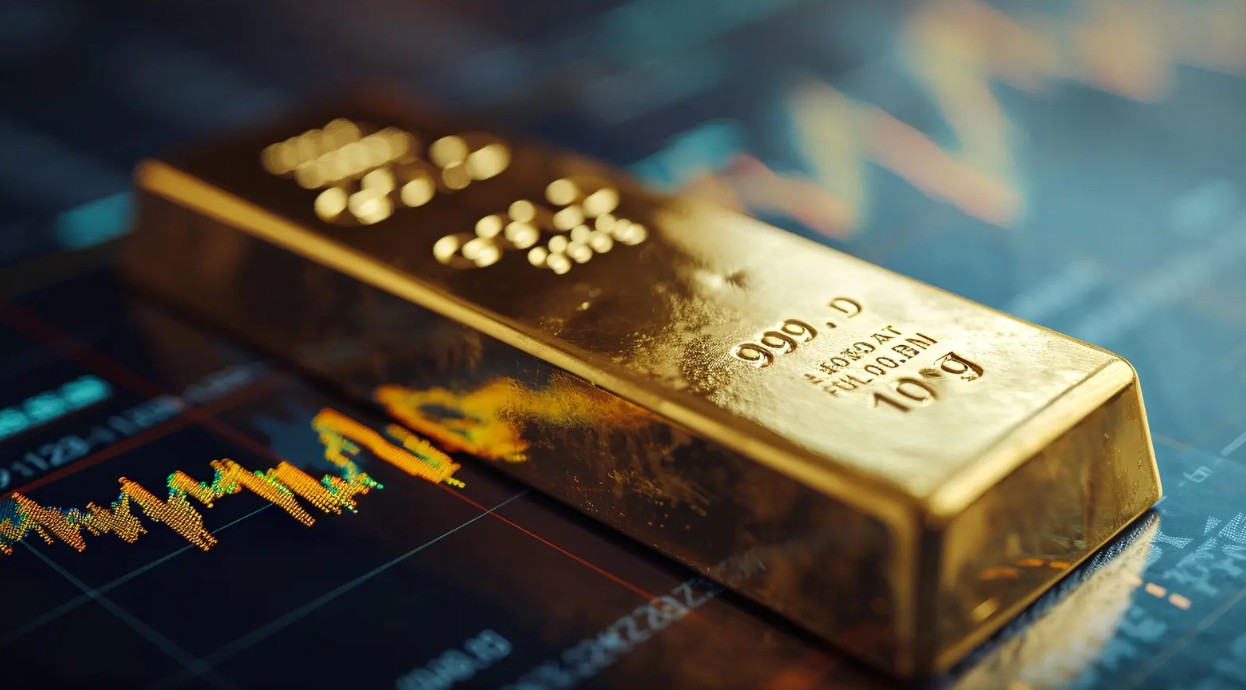

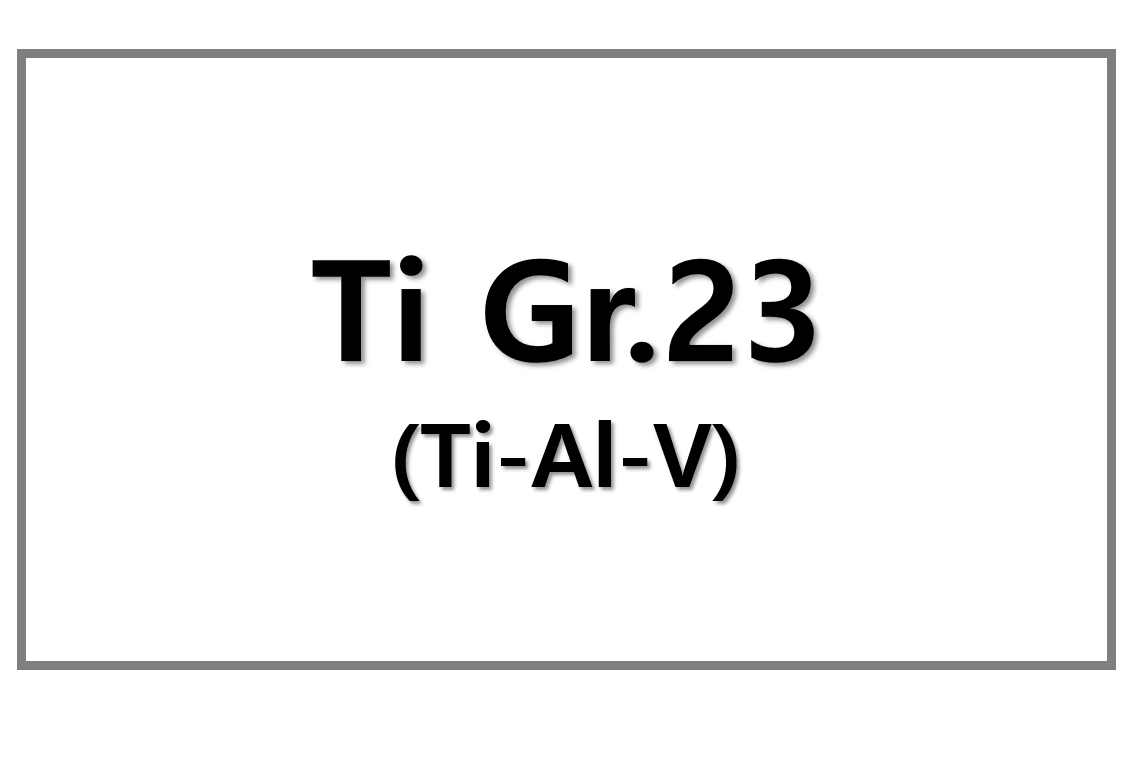
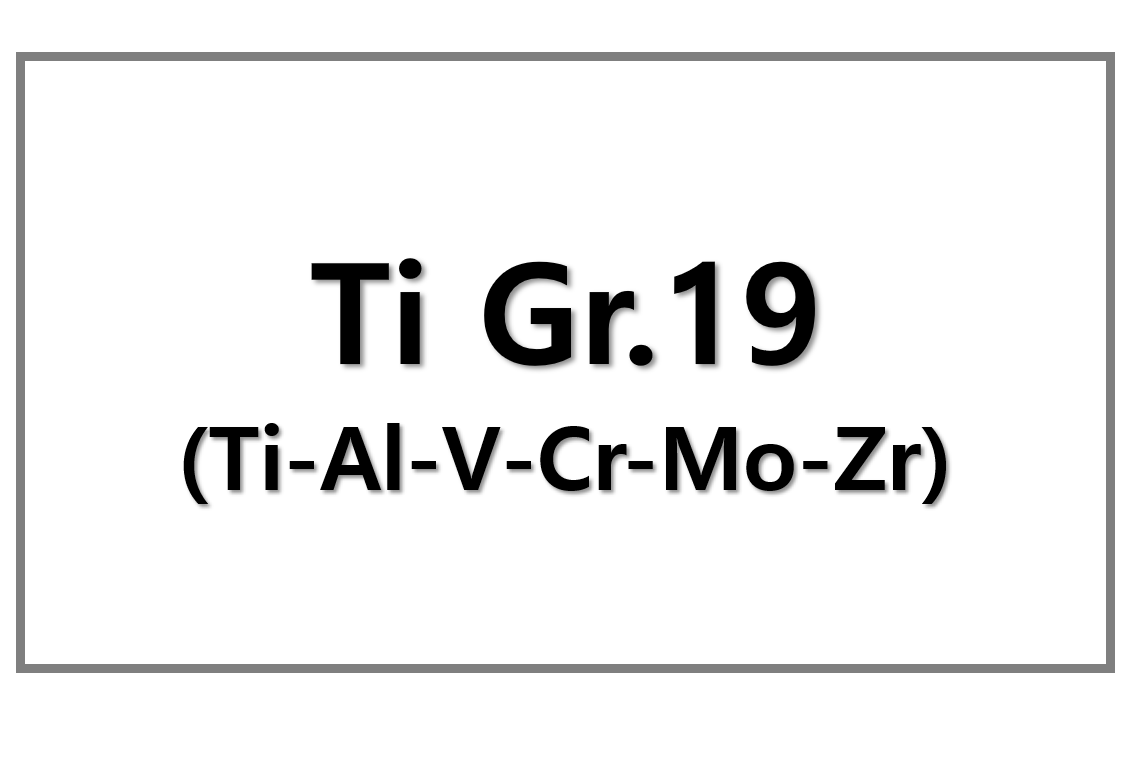
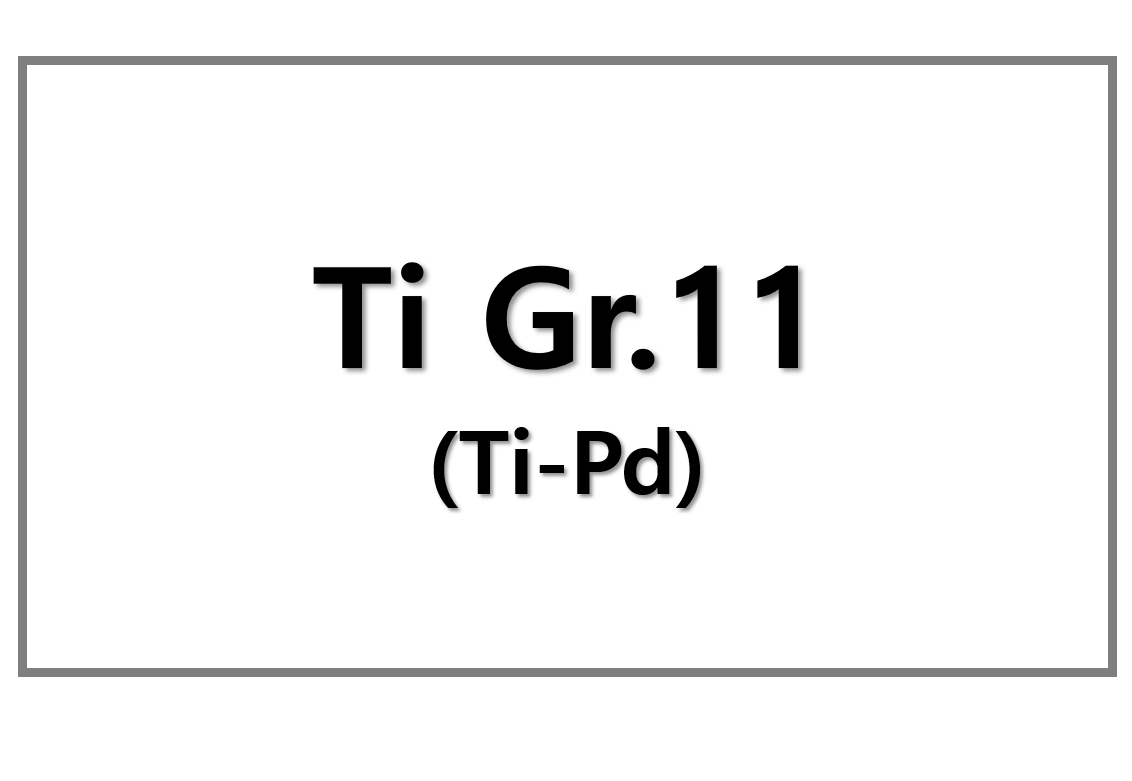
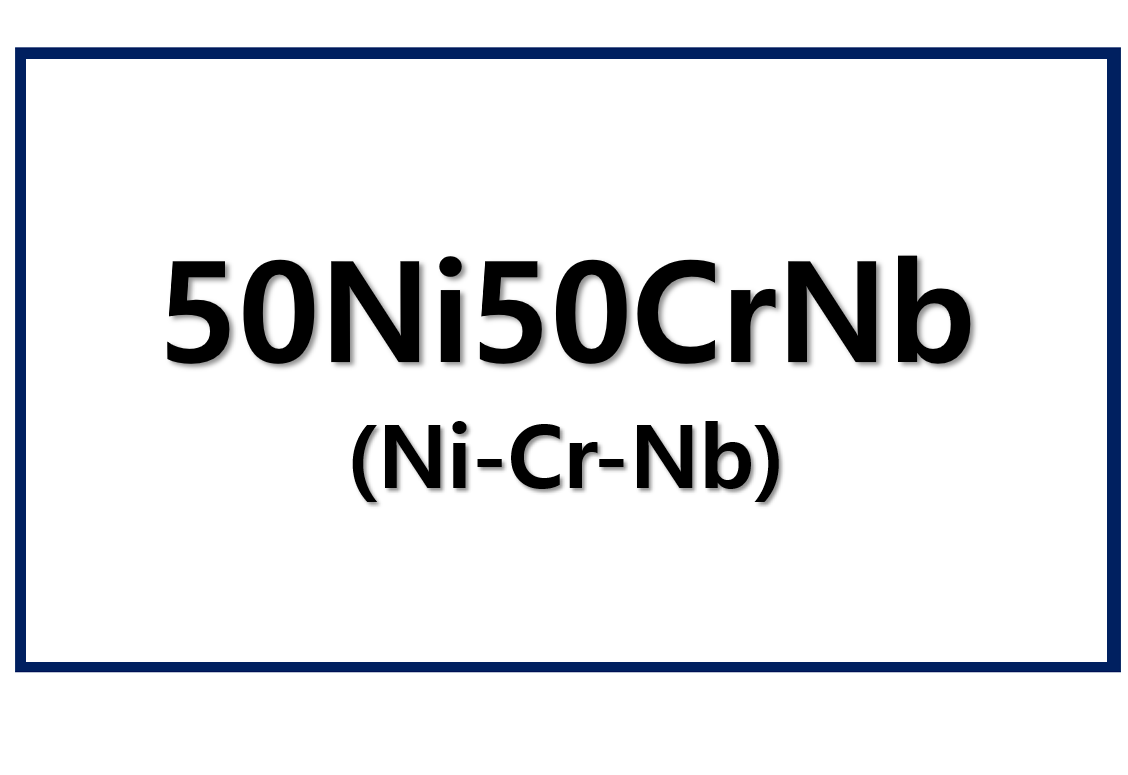
Leave a Reply
You must be logged in to post a comment.